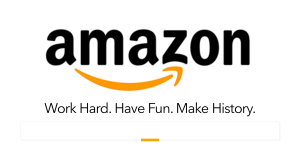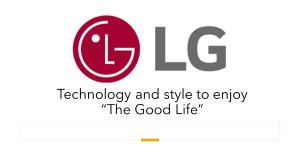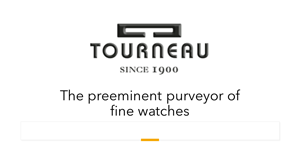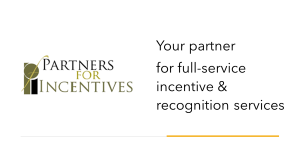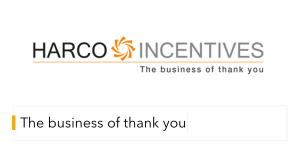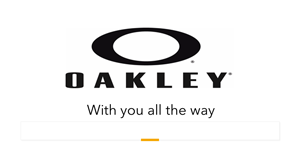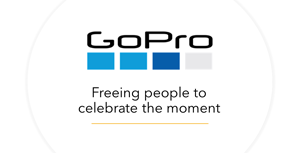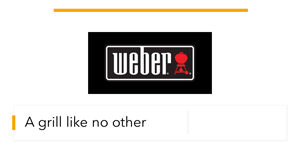9 Questions to Answer for Smart Rewards Selection
By Richard Kern, Co-Editor, Enterprise Engagement: The Textbook
Managers in operations, marketing, sales and human resources programs often turn to incentives to hit key short-term goals. Many like the simplicity of the “do this, get that” notion and in such cases feel that spot incentive programs can provide just the jolt needed to achieve certain goals.
While all the science of rewards and recognition suggests that reward programs achieve the best results when used as part of a comprehensive program addressing all areas of engagement (see What Does the Data Show?), many companies insist on forgoing that type of planning when using rewards. Instead, they focus on finding what they believe to be a quick promotion or contest that will get the attention of critical people so that they push just a little bit harder to achieve a goal. This approach is particularly prevalent in the sales and distributor incentive marketplace.
If your focus is to create a quick incentive program to achieve a short-term goal, and your organization doesn’t have the time or inclination to develop a strategy that addresses all areas of engagement, here are some interim questions you can answer to maximize the chances of success.
1. What do you want people to do and what do you think it will take to get them to do it?
The key to success is to identify specifically the actions you want people to take to achieve the goal.
2. What type of awards do you believe would generate a lot of attention in your organization?
Extensive research demonstrates that a key component of successful reward programs is to create a buzz. One might call it the “Mary Kay” effect. This well-known company spends practically nothing on advertising and is probably best known for its pink Cadillacs. To answer this question requires an understanding of the audience, their age, activities, the degree to which they socialize or don’t socialize. What well-known brand, if any, is admired in you organization as a model to follow? A lot of companies simply offer people catalogs of “stuff” or an implied monetary value, when the opportunity is to excite people by helping them visualize the award in their own lives. The recent Participant Study by the Incentive Research Foundation found that how an award is presented, by whom, and how it’s connected to professional development can affect the impact of the award. Click here for more information.
3. How do I make sure my program doesn’t become expected?
If the purpose of your effort is to boost short-term performance, the last thing you want is to have the award become something expected year after year. The best way to do this is to avoid use of cash in terms of compensation for employees or discounts for distributors and focus on noncash rewards designed as a one-time effort to recognize, reward and/or thank them for a particular achievement.
4. What does your company’s brand stand for?
Reward selection is a great time to feature brands that represent the culture of your organization, whether it focuses on age, stature, youth, innovation, professionalism, technology, etc. Reward selection is an opportunity to support those values and visions; rewards have the best long-term impact when they reflect what your organization stands for.
5. What type of award will involve the significant other?
A key factor when asking people to work harder is to involve their significant others, who often make sacrifices for them to do so. This involves selecting rewards that will resonate with spouses, or that involve families or couples when appropriate, in a way that shows respect for everyone’s contribution to success.
6. How can we maximize engagement?
Don’t just focus on award selection, identify the most meaningful way to present the award to that individual. Some like public recognition; others prefer a more private approach. In almost all cases, it makes sense to involve the family or significant other in some way, even if it’s simply by sending a personalized package and letter to the home (with or without a gift).
7. What are the most popular awards?
What’s most popular with aggregate audiences isn’t necessarily what’s right to excite your audience, create a buzz and generate incremental effort and focus. In general, however, gift cards, select merchandise and “experiential” awards that involve travel or event experiences, personal fittings, or product installations are good choices.
8. Who should I buy from?
It’s surprising how few businesspeople actually know there’s a formal rewards and recognition marketplace, with a trade show and annual conference (produced by Engagement Enterprises) and over 100 brands and wholesalers active in the marketplace. Many of the leaders exhibit at the R&R Expo or are featured at Virtualrewards.com. These companies provide wholesale pricing, but more importantly creative ways to ensure your reward program has maximum impact.
9. How can I make maximize chances of success and minimize risk?
- Set attainable goals: If no one has ever achieved the growth goal you’re setting, make sure you know why this time will be different.
- Focus on the middle 60%: Your best performers (the top 20%) are almost guaranteed to go all-out, and the bottom 20% are virtually immune to incentives. The real untapped opportunity is to find rewards that excite the middle 60% – those most susceptible to performance improvement.
- Make the rules fair: If the program is seen to favor the few, it will not only have little chance of success, but will also make it difficult to launch properly designed programs in the future.
- Regularly communicate: Make sure you regularly remind people of the program, their progress and how they can win.








